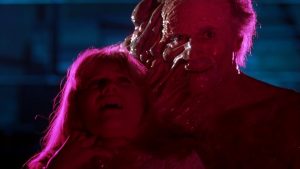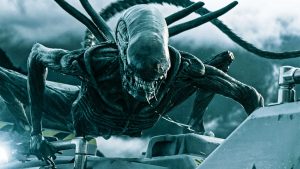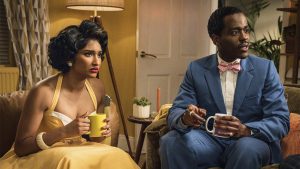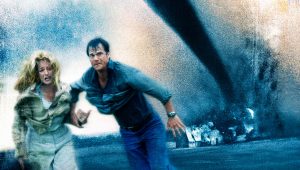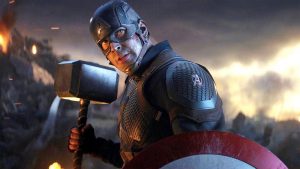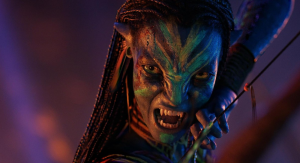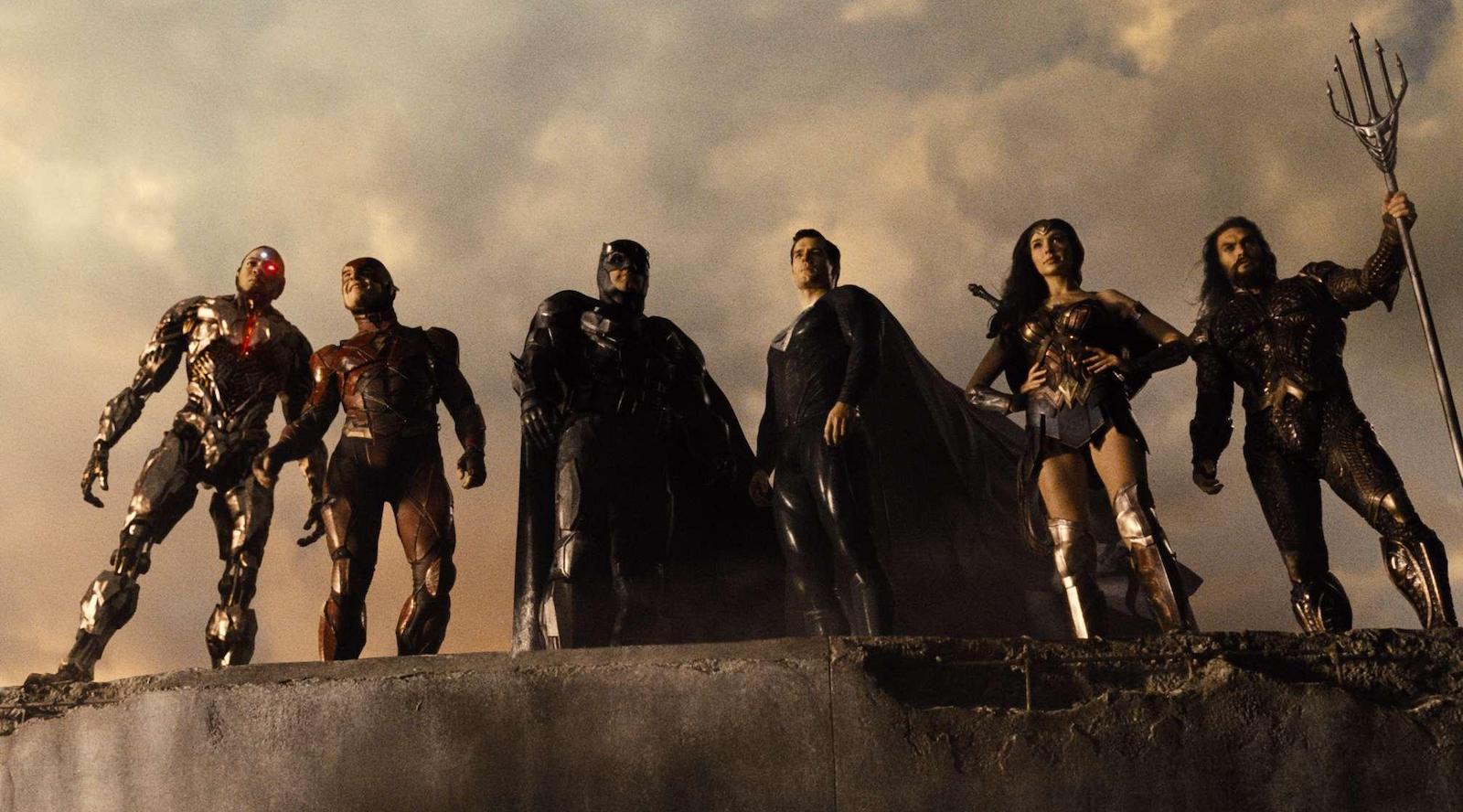
Friends, Bialyans, DC fans, lend me your ears. We come not to bury the DC Extended Universe, but to praise it. Yes, the franchise has met its ignoble end with the bloated but lackluster Aquaman and the Lost Kingdom, and yes, the franchise gave us the internet scourge known as Snyder Bros.
But no one who loves superhero movies can dismiss the entire ordeal. There will be time to analyze the many mistakes of DC’s first live-action cinematic universe or to continue looking forward to what James Gunn and Peter Safran have in store for DC Studios. For now, let’s look at the good things accomplished by the DCEU, a massive project that saw 15 movies released in 11 years. Here are eight great aspects to the DCEU, aspects that deserve to live on under Gunn and Safran’s tenure, and should be adopted by Marvel, unless the MCU wants to suffer the same fate.
1. Snyder Showed That Visuals Matter
Even at the height of the MCU’s popularity, viewers knocked the franchise for its lackluster visuals. The Avengers clash on an empty concrete airport tarmac in Captain America: Civil War. The fight sequences in Captain America: The Winter Soldier have more cuts than a Taken movie.
The same charge cannot be leveled against any DCEU movie directed by Zack Snyder. The return of Superman (Henry Cavill) in Zack Snyder’s Justice League, the trinity gathered in Batman v Superman: Dawn of Justice, Clark’s first flight in Man of Steel. All of these scenes lean into the grandeur of superhero movies. Snyder understands that he’s translating a visual medium into another visual medium, and retains the dynamism of the pages and panels that inspired them. Other directors followed Snyder’s lead, resulting in the absurd first clash between Arthur (Jason Mamoa) and Orm (Patrick Wilson) in Aquaman or Wonder Woman’s inspirational emergence from the trenches of World War I in her first movie.
Even as the DCEU fades away, here’s hoping that Gunn, and maybe even Marvel, picks up where Snyder and his fellow filmmakers left off.
2. Superheroes Can Be Silly
For as much as Snyder’s dour approach dominates discussion of the DCEU, it did not in fact characterize the entire franchise. For every shot of a rain-drenched Superman pointing his laser eyes at an armored Batman (Ben Affleck) the DCEU included scenes of the Flash (Ezra Miller) catching hot dogs with superspeed or the octopus Topo playing the drums in Aquaman. In fact, the beleaguered reboot movie The Flash peaks at the start when Barry Allen must rescue a gaggle of babies falling from a hospital window. That’s a perfect Flash scenario (see the standout single issue story in 1991’s Flash #54), one that shows off his powers and plays into the ridiculousness inherent in the entire superhero premise.
When Wonder Woman (Gal Gadot) tried to storm across London carrying a sword and a shield, when Shazam (Zachary Levi) sat around playing video games as a giant buff man in red in Shazam! Fury of the Gods, or even when Superman and Lois Lane (Amy Adams) talked about what the “S” on his shirt meant, DCEU movies didn’t apologize for their goofy characters. Instead they embraced them, making their movies all the richer for it.
3. Silly Superheroics Works With Social Commentary
On one hand, James Gunn’s first DC movie, The Suicide Squad, exists to show off his deep knowledge of the company’s Z-listers. I mean, who expected to see Green Lantern also-ran baddie Javelin in a film? On the other hand, it provides a searing satire of global politics. Take the sequence in which Peacemaker (John Cena) and Bloodsport (Idris Elba) infiltrate a camp in the fictional Latin American country of Corto Maltese, trying to outdo one another with over-the-top kills. The kill scenes are hilarious, building to the punchline reveal that they just murdered rebels trying to topple the regime that the Suicide Squad has come to fight. This one scene includes goofy characters, violent action, and a larger political point, all three aspects supporting one another without undermining the horror or the dark humor of the scenario.
Scenes like this reoccur throughout The Suicide Squad, from the slaughter of the first Squad in the movie’s opening to the use of Starro the Conqueror as a weapon of mass destruction. But The Suicide Squad wasn’t alone in this regard. The women of Birds of Prey, Or the Fantabulous Emancipation of One Harley Quinn joined together not because of a shared larger mission or because they even liked one another, but because powerful man Roman Sionis (Ewan McGregor) couldn’t stand the idea of women not supporting his fragile ego. Blue Beetle openly lambastes Reagan-era U.S. meddling in Latin America, and even directly references the School of the Americas. None of these larger, real-world implications require the movie to stop and explain itself. Instead the films work these themes into their stories about multi-colored heroes and bizarre antiheroes.
4. Harley Quinn Came Into Her Own
While the DCEU too often turned its male heroes into growling masochists, the franchise let heroines shine. Nowhere is that more noticeable than in the treatment of Harley Quinn, portrayed here by Margot Robbie. Harley Quinn stemmed from the great Batman: The Animated Series, voiced by Arleen Sorkin, where she served as the Joker’s loony sidekick. Harley’s popularity skyrocketed when she jumped into the comics, despite most writers framing her as a cool lady who let her abusive boyfriend erase her personality.
Although she still appeared as Joker’s desperate girlfriend in Suicide Squad, Robbie found notes of complexity in her character, as when she emphasizes the horror in the Joker’s torture of Harleen Quinzel. But when Robbie had more control over the character, she developed the character beyond mere victimhood. Harley became a rich agent of chaos in her own right. From the community of women she forms in Birds of Prey to the glorious killer princess sequence in The Suicide Squad, Robbie’s Harley made the character into the complex antihero fans have wanted to see.
5. Wonder Woman Brings the Optimism Back to Superheroes
While the Snyder influence does sometimes get overstated when discussing the DCEU, there’s no denying that his opening duo of Man of Steel and Batman v Superman, followed by the glum Suicide Squad, gave the franchise a reputation for cynicism. In the DCEU, humanity mistrusted Superman because he’s a distant, unknowable alien, and Superman seemed to treat humanity as a burden. Then Wonder Woman arrives—a film that makes perfect use of Gal Gadot’s ethereal (some might say dazed) screen presence. In both Wonder Woman and Wonder Woman: 1984, Gadot plays Diana as a woman who knows the world can be a better place and refuses to accept anything less.
That perspective is on full display in what might be the best sequence in the entire DCEU, in which Wonder Woman emerges from the trenches and walks across No Man’s Land. It’s not just that Wonder Woman has the power to deflect bullets and stride where no one else dares lay foot. It’s the fact that she has no patience for the war, that she refuses to allow humans to fall into Ares’ trap and continue destroying themselves. Wonder Woman sets a model to be followed by the best parts of DCEU, bringing back the wholesome optimism of the Christopher Reeve Superman era.
6. Heroes Need a Supporting Cast
The most thrilling moment in Shazam! does not occur when Billy Batson first says the magic word to transform into the buff adult Shazam, nor when he finally goes toe-to-toe with the evil Dr. Sivana (Mark Strong). Rather it’s when Billy enters the cramped and chaotic home of foster parents Víctor and Rosa Vásquez (Cooper Andrews and Marta Milans). Even if Billy doesn’t accept it yet, he’s finally found a home, a family with whom he can share his power and his struggles.
In their best moments, DCEU movies treated their heroes not as individual warriors on solitary quests for justice. Instead it grounded them in a community, giving them family and friends on whom to rely. That’s most pronounced in Blue Beetle, in which Jamie Reyes (Xolo Maridueña) gains his courage from his love for his family, which also drives him to redeem the villain Carapax and help Jenny Kord (Bruna Marquezine) look for her father Ted. Even the otherwise flat Black Adam works best when members of the Justice Society recall their connection, or when Teth-Adam (Dwayne “The Rock” Johnson) situates himself with young Amon (Bodhi Sabongui) and his mother Adriana (Sarah Shahi). The MCU works best when we watch superheroes palling around. The DCEU did one better by letting regular people in on the fun and showing why they matter to the superheroes.
7. Hans Zimmer Gave Superman His Best Score in Decades
John Williams’ main theme for Superman: The Movie is what Superman sounds like. Read any great Superman moment from the comics, and you’ll hear that music in your head. It’s so iconic that neither John Ottman on Superman Returns nor Danny Elfman on Justice League bothered to mess with Williams’ work, simply sampling what went before. But when Hans Zimmer signed on to score Man of Steel, he started anew, reimagining Superman for a new generation.
Unsurprisingly, the score does include elements similar to Zimmer’s most famous work, with the same pounding drums and bass drops that he used in The Dark Knight. Those heavier and more epic tones match the world-weary Superman of Snyder’s film. But the low notes always provide a launching point for soaring strings and hopeful melodies, reminding listeners that it’s Superman’s goodness that matters, not just his powers. Henry Cavill’s take on Superman may never have hit the inspiring heights of his predecessors, but Zimmer’s score at least gestured toward a Superman both awesome and heroic.
8. Filmmakers Matter
In the early stages of the DCEU, commentators talked about Snyder as an analog to Kevin Feige, but that description never really fit. Sure, Snyder cast Affleck as Batman and Gadot as Wonder Woman, but even Geoff Johns, a comic book writer turned DC’s Chief Creative Officer, had more say on the other movies than Snyder. Instead the DCEU (sometimes) gave remarkable control to its directors, letting them bring their individual voices to the film. David F. Sandburg mixed horror moments into his otherwise lighthearted Shazam!, Angel Manuel Soto emphasized South Floridian Latino culture in Blue Beetle, and Cathy Yan made Birds of Prey a candy-colored romp. Yes, WB meddled with Suicide Squad and Justice League, fundamentally changing what those directors intended, but those quickly proved to be exceptions to the rule.
More than the next chapter in an ongoing and homogenous story, the DCEU entries felt like unique reflections of the people who made them. Sure, that approach didn’t work if audiences didn’t click with a particular filmmaker’s approach, as demonstrated by the backlash against Snyder’s work, but at least no one can call the DCEU movies same-y or boring. Instead even the worst entries show how established characters can be interpreted in a multitude of ways. If the superhero genre is to survive, that’s one lesson that studios need to learn, sooner rather than later.
The post 8 Awesome Things the DCEU Legacy Leaves Behind appeared first on Den of Geek.
